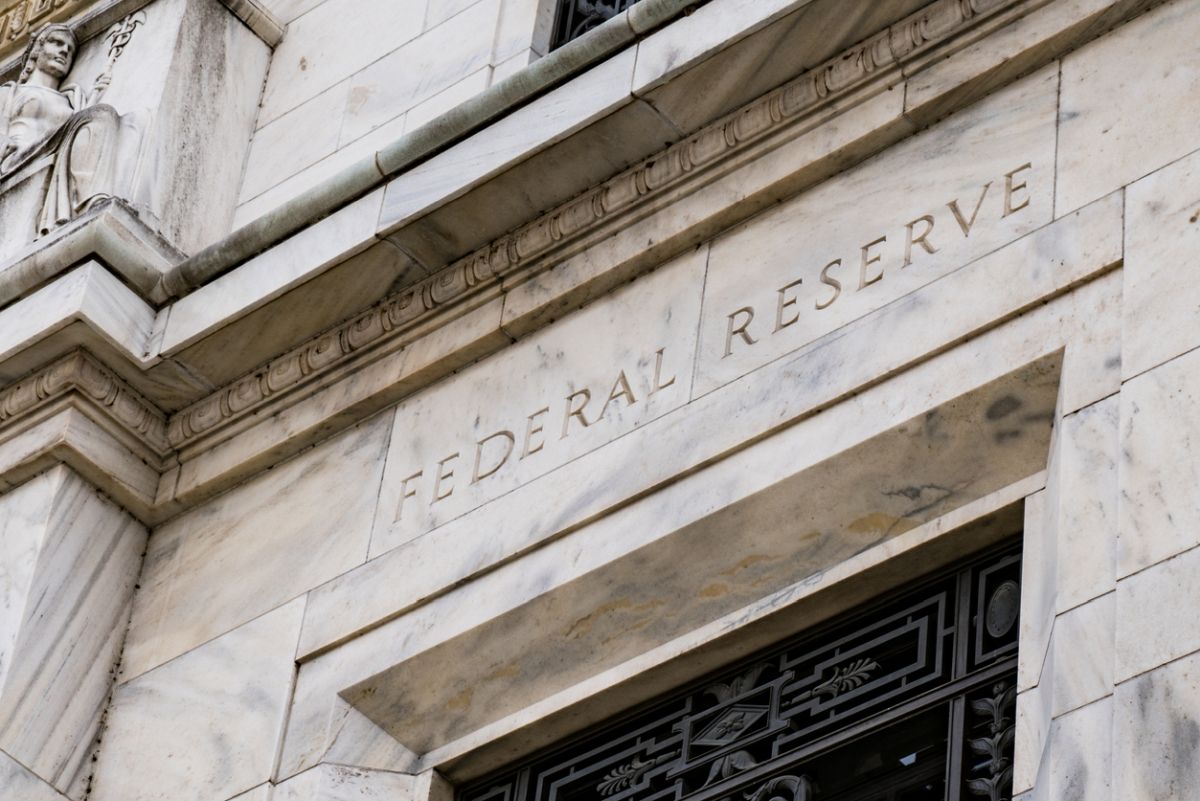The latest data on US inflation is setting the stage for a pivotal moment in economic policy, as the Consumer Price Index (CPI) rose a modest 0.2 per cent in July, and the year-on-year increase fell to 2.9 per cent, the smallest since 2021. This marks a critical juncture where the US Federal Reserve must delicately balance the optimism of easing inflation with the persistent challenges that could derail a broader economic recovery.
The moderation in inflation, if sustained, presents a unique opportunity for the Fed to recalibrate its monetary policy with the aim of nurturing economic stability. As we delve into the specifics, the main contributors to the recent inflation figures highlight the complexities facing the US economy. Shelter costs, which include rents, saw a significant incre ase of 0.4 per cent, nearly accounting for the bulk of the CPI rise. This rise in rental costs is particularly notable as it reflects broader issues in the housing market, where supply constraints and increasing demand continue to push prices upward. Given that shelter costs represent a substantial portion of the overall CPI, this trend could dampen the Fed’s plans to ease monetary policy aggressively.

It underscores the importance of targeted measures to address housing affordability and increase supply, which could help alleviate pressure on renters and reduce inflationary pressures. The rise in food prices, driven by increases in the cost of eggs and various other food items, also poses challenges. While these increases are not as pronounced as in the past, they contribute to the overall inflation picture that American consumers face daily. The stability of gasoline prices provides some respite, but the marginal increase in electricity costs and the decline in natural gas prices indicate a mixed bag in the energy sector. These dynamics highlight the need for a comprehensive approach that considers both the supply-side constraints and demand-side pressures influencing these sectors. Financial markets have responded to the latest inflation data with cautious optimism, increasing the odds of a 25-basis-point rate cut in the Fed’s upcoming policy meeting.
While a rate cut could provide the economy with a much-needed boost, it must be executed with a keen awareness of the underlying risks. The rise in rental costs, in particular, suggests that the Fed should remain vigilant in monitoring inflation trends and be prepared to adjust its approach as necessary. A measured rate cut could signal the Fed’s commitment to supporting the economy while keeping inflation expectations anchored. As we look ahead, the key question is whether the Fed can navigate this complex landscape effectively. The path to achieving its 2 per cent inflation target will require a delicate balancing act, considering the diverse factors influencing inflation and the broader economic outlook. This includes not only monetary policy adjustments but also strategic investments in areas such as housing, energy, and food production that address the root causes of inflationary pressures.












